Saskatchewan Grade 3 Math - Full Year Bundle
Saskatchewan Grade 3 Math - Full Year Bundle
Interested in a bundle? Shop below instead!
Couldn't load pickup availability
PRODUCT PREVIEW
Grade 3 – Saskatchewan Math Curriculum – This resource covers all outcomes and indicators in the Grade 3 - Saskatchewan Math Curriculum.
GOOGLE CLASSROOM VERSION - PDF INCLUDED! This gives you the ability to print worksheets as well as distribute a digital copy of the resource to your students on Google Classroom.
Check out each of the strands below to learn more about the resources included in this bundle.
Number Strand
Concepts that are covered:
- Counting by 5s, 10s, and 100s
- Counting by 3s, 4s, and 25s
- Writing numbers to 1000
- Compose and decompose numbers to 1000
- Comparing and ordering numbers to 1000
- Estimate quantities using referents
- Determine place value of numbers to 1000
- Expanded form of numbers to 1000
- Addition strategies – doubling, adding in chunks, making 10
- Communitive property
- Subtraction strategies – counting back, counting up, and subtracting in chunks
- Adding and subtracting numbers within 1000
- Adding and subtracting word problems
- Multiplication – repeated addition
- Multiplication strategies – skip counting, doubling and halving
- Multiplication visuals – arrays
- Multiplication and division of numbers to 5 x 5
- Task Cards: Multiplication Facts
- Division strategies – repeated subtraction
- Division visuals – arrays
- Fractions – parts of a whole
- Representing situations using fractions
- Matching fractions
- Benchmark fractions
- Activities - Pizza fractions
- Comparing fractions
- Ordering fractions with either like denominators or like numerators
- Hands-On Activities: Jump the Line, Artistic Numbers Parking Lot, Estimation Stations
- Hands-On Activities: Subtraction Showdown, Sum Up Relay, Fair Sharing Festival and more
- Exit Cards (10)
- Unit Tests (4)
- Answer pages for all activities
Patterns and Relations
Some of the concepts that are covered:
- Increasing patterns – geometric shapes
- Increasing patterns – blocks
- Increasing patterns found in real life
- Indigenous increasing patterns – beading
- Creating increasing patterns
- Translating increasing patterns into number sequences
- Decreasing patterns – shapes
- Translating decreasing patterns into number sequences
- Finding increasing and decreasing patterns on hundreds charts
- Finding the missing number in increasing and decreasing patterns
- Determining pattern rules
- Using a pattern rule to make a pattern
- Addition and subtraction number patterns
- Input/output tables
- Word problems involving addition and subtraction patterns
- Number strings – skip counting
- Introduction to T-Tables
- Balancing equations – using different equations to equal the same sum/difference
- Balancing equations – using visuals
- Is the equation equal?
- Finding a matching equation
- Pre-algebra – finding the result unknown, change unknown, or start unknown
- Using symbols in algebraic equations
- Are the expressions equal?
- Word problems involving missing numbers
- Algebraic equations that match a real-life scenario
- Hands-on Activities: Task Cards, Matching Game, Card Sort Challenge, Jeopardy, Balancing Act, Treasure Hunt, Pattern Pass Along, Pattern Palooza Necklace
- 9 Exit Cards
- 2 Unit Tests – 1 for each outcome
- Answer pages for all activities
Shape and Space
Some of the concepts that are covered:
- Non-standard units of time – seconds, minutes, hours, days, weeks, months, years
- How long does it take to do something using non-standard units
- Can you complete an activity in a minute, hour, day, week, month, or year?
- Days of the week
- Months of the year
- Months and years
- Converting time – minutes in an hour, hours in a day, days in a month, months in a year
- Reading a calendar
- Cycles – sunrise and sunset
- Which object has more mass?
- Experiments - Measuring mass using a scale, measuring ice versus water
- Estimating the mass of objects
- Grams versus kilograms
- Estimating measurements using referents – centimetres and metres
- Fingertip measuring
- Using a ruler to measure side lengths
- Finding perimeter of polygons
- When to use metres and when to use centimetres to measure
- Indigenous art – measuring the perimeter
- Vertices in polygons
- Number of sides in a polygon
- Regular versus irregular polygons
- Triangles, quadrilaterals, pentagons, hexagons, octagons
- Drawing shapes - triangles, quadrilaterals, pentagons, hexagons, octagons
- Finding shapes in our lives
- Naming angles in shapes – right angles, less than right, more than right
- Faces, edges, and vertices of 3D objects
- Naming 3D objects
- Finding shapes in 3D objects
- Several hands-on activities: Time Treasure Hunt, Shape Art Gallery, Time Tracker, Measure and Sketch It Up, Daily Routines Timeline, and Geometric Builders
- 7 Exit Cards
- 4 Unit Tests
- Answer pages of all activities
Statistics and Probability
Some of the concepts that are covered:
- Sorting data
- Carrol diagrams
- Writing questions for surveys
- Writing Yes/No survey questions
- Tally marks
- Organizing data using tally marks
- Collecting first-hand data
- Reading line plots
- Making lots plots
- Reading pictographs
- Making pictographs
- Collecting data and representing it in pictographs
- Making a pictograph out of a line plot
- Why we use graphs
- Vertical and horizontal bar graphs
- Making a bar graph
- Scale of graphs
- Unit Test
- Answer pages for all activities
This is a comprehensive bundle that will save you hours of planning! It has been tested and found effective in helping students achieve the learning outcomes outlined in the Saskatchewan 2009 curriculum.
Answer pages for all slides/sheets are included!
Share
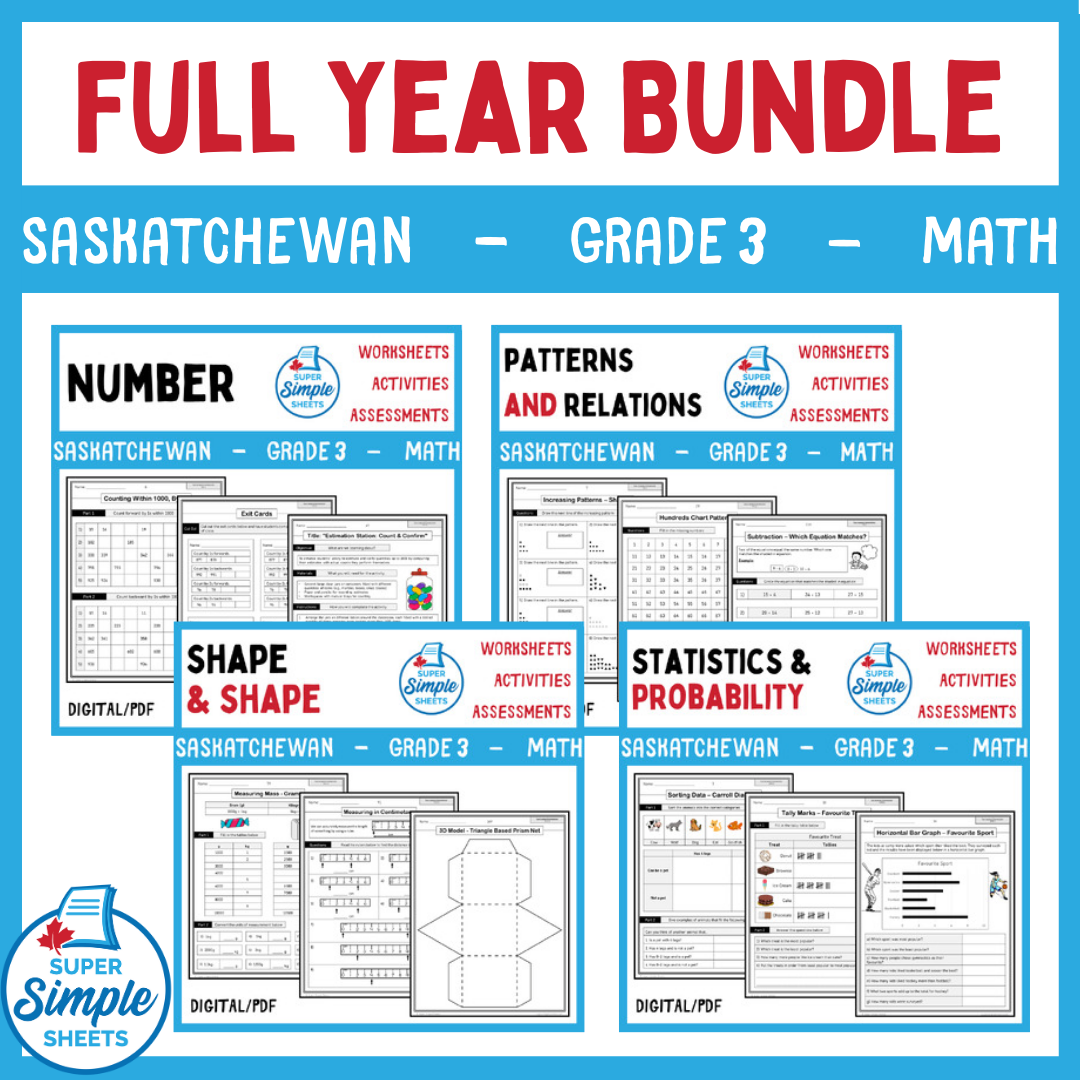
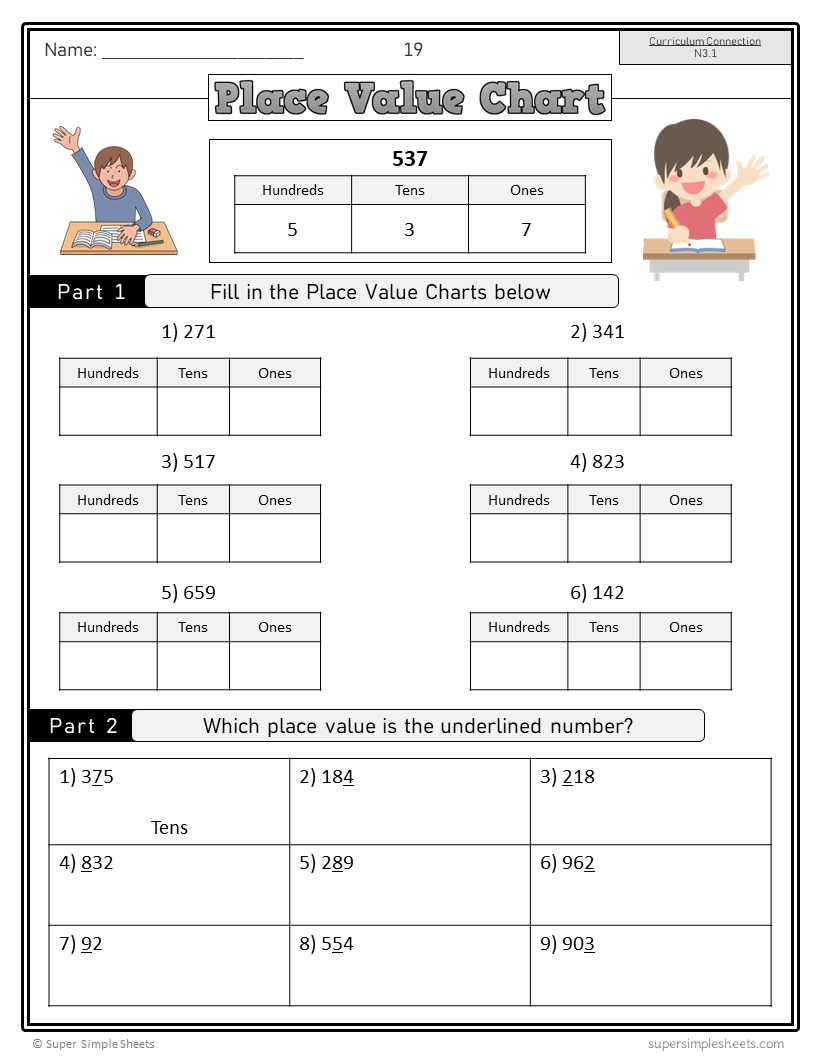
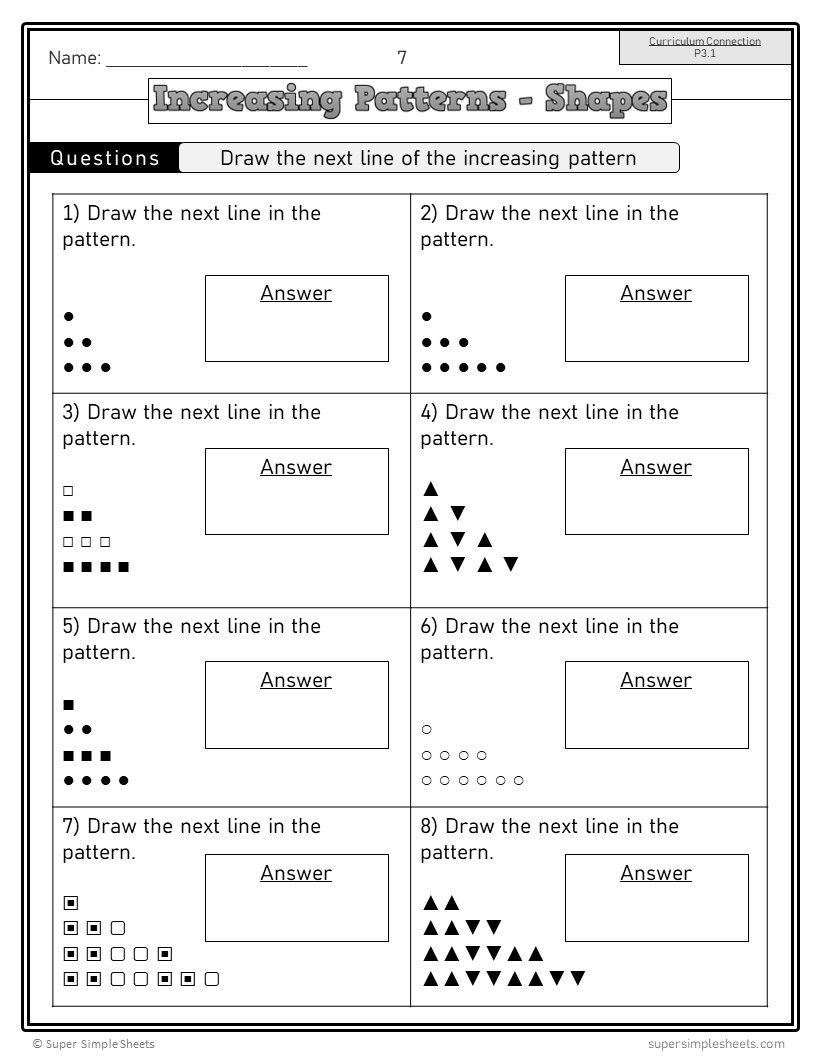
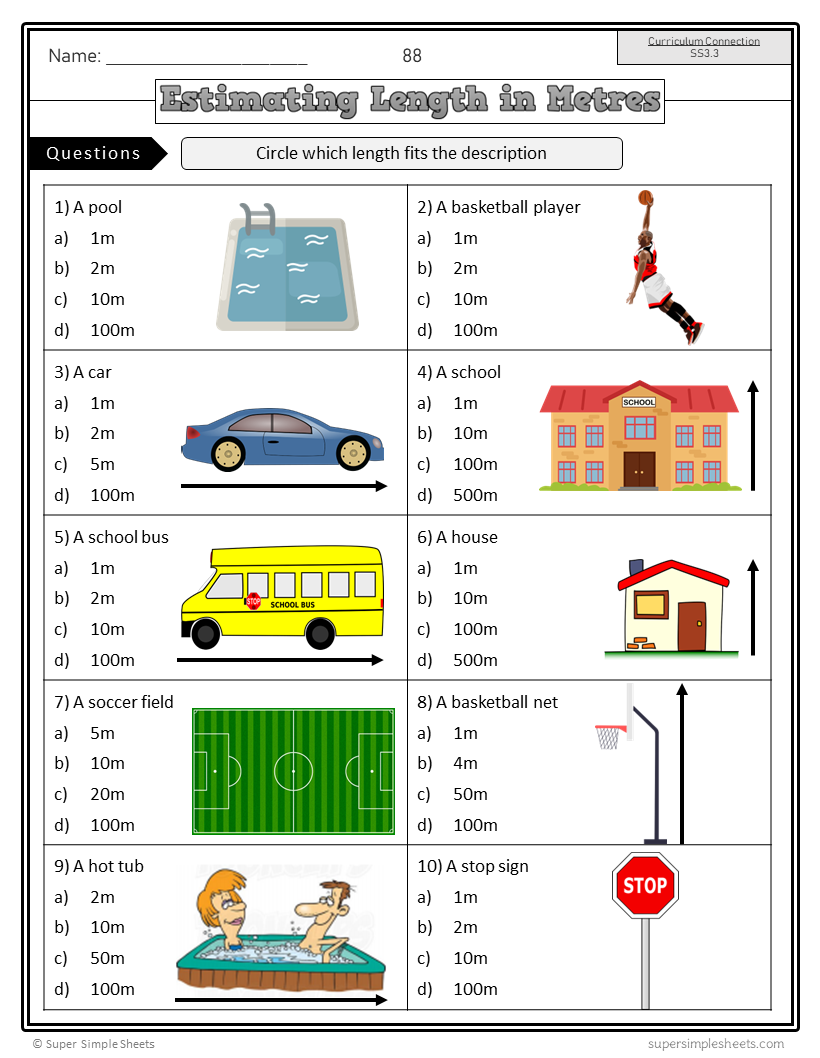
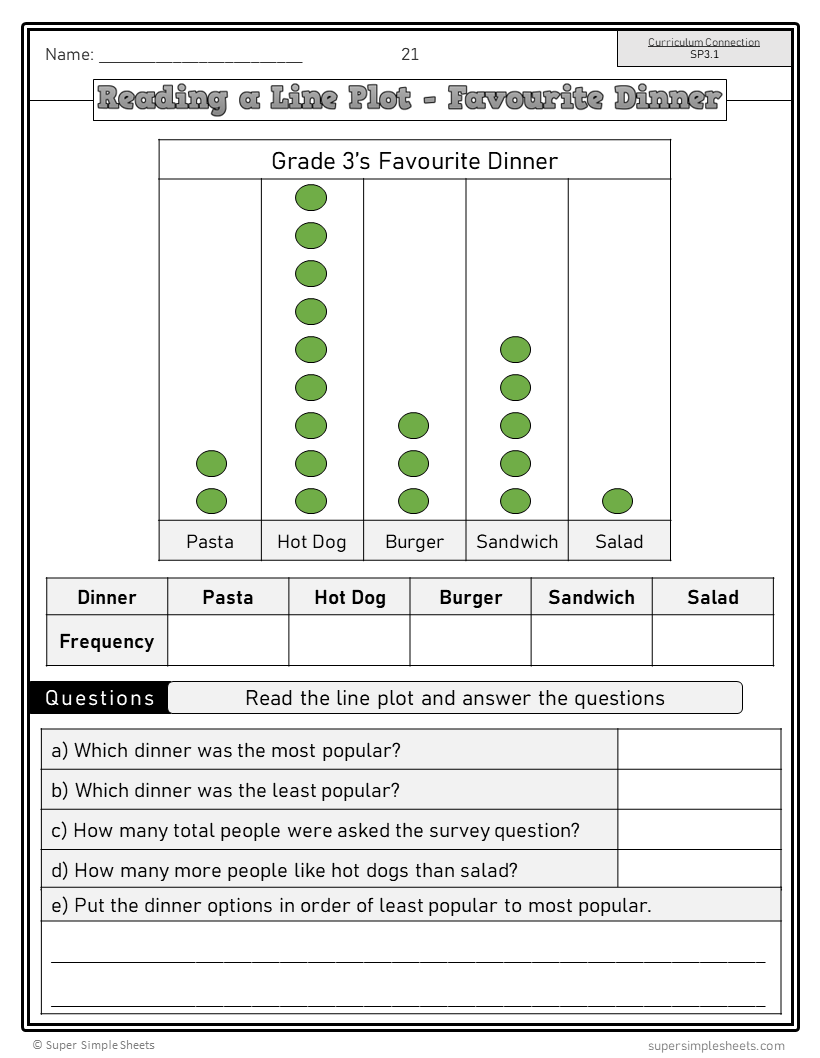
For an unbelievably low price I have the entire school year ready to go! Students enjoy and respond well to the layout and it has made my life so much easier!








